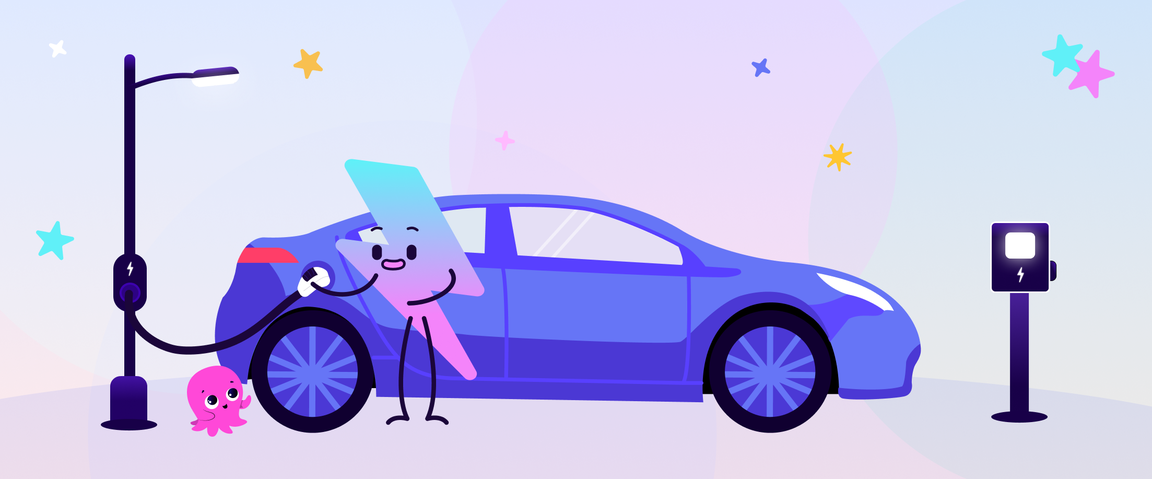In 2021 alone, 6.6 million electric vehicles were sold (4.7 million of those sold being BEVs). The UK accounts for just over 4% of those sales, respectively. In 2022, global sales of electric vehicles have continued to rise strongly. In the first quarter of the year, 2 million electric vehicles have been sold, up 75% from the same period last year.
This growth trend is seen also in the increasing number of electric vehicle models available. In 2020, there were 29 electric vehicle models available globally. In 2022, this number jumps to 67.
With this in mind, it’s a fair assessment to say that 2021 was the EV tipping point.
Along with global EV uptake, the UK public charging infrastructure saw huge investments. In March 2022, the UK Government announced the £1.6 billion Electric Vehicle Infrastructure Strategy, to support the building of 300,000 public chargepoints by 2030 (almost 5 times the number of fuel pumps on UK roads today!). The strategy outlines plans to advance projects specific to innovative on-street charging, so those that don’t have access to driveways can still charge cheaply and with ease. The £950 million Rapid Charging Fund is also included under the strategy, with aims to roll out around 6,000 rapid chargepoints across England’s motorways by 2035.
The electric vehicle ecosystem (as a whole) is seeing great developments. With the rise of public charging also came the need for simple access to the network. Enter Octopus Electroverse. To date, Electroverse is the largest single network in the UK, offering EV drivers access to over 310,000 chargers.
2 years ago, charging an EV meant a plethora of different cards and apps, with usage spread across different emails, texts and bills. Not anymore. Electroverse was - and is - created to enable a super-slick, super-easy charging experience for EV drivers. One card and app, hundreds of thousands of chargers, all in one place. And all with zero added costs or ongoing fees.
But this is just the start…
With global EV adoption continuing to rise, there are countless opportunities for EV drivers to continue to charge at competitive rates and with ease.
Need examples? We’ve got two!
In July 2022, Electroverse partnered with Osprey to offer a unique dynamic pricing trial, offering Electroverse customers a daily 20% discount at Osprey locations between 19:00 - 23:00. A great step towards cheaper and more innovative energy usage when charging on the go.
Learn more about the Osprey dynamic pricing trial here.
In October 2022, Octopus Electroverse announced our partnership with Vauxhall Motors Ltd. and Octopus Energy, to help drivers make the electric switch. An innovative initiative, it places new Vauxhall EV drivers in the epicentre of the charging world and equips them with the knowledge and tools to get charging on the road.
Learn more about the Vauxhall partnership and its benefits here.





